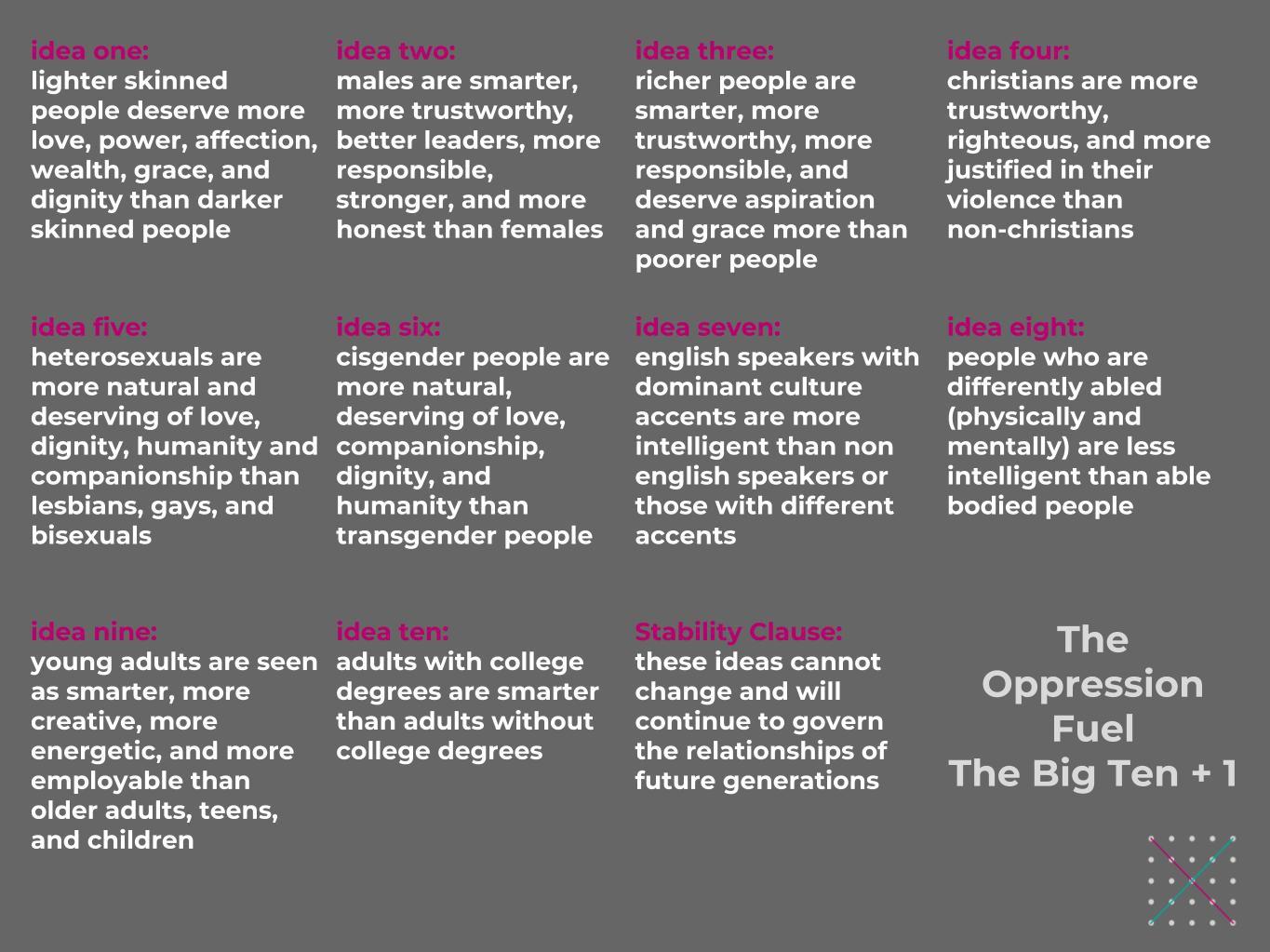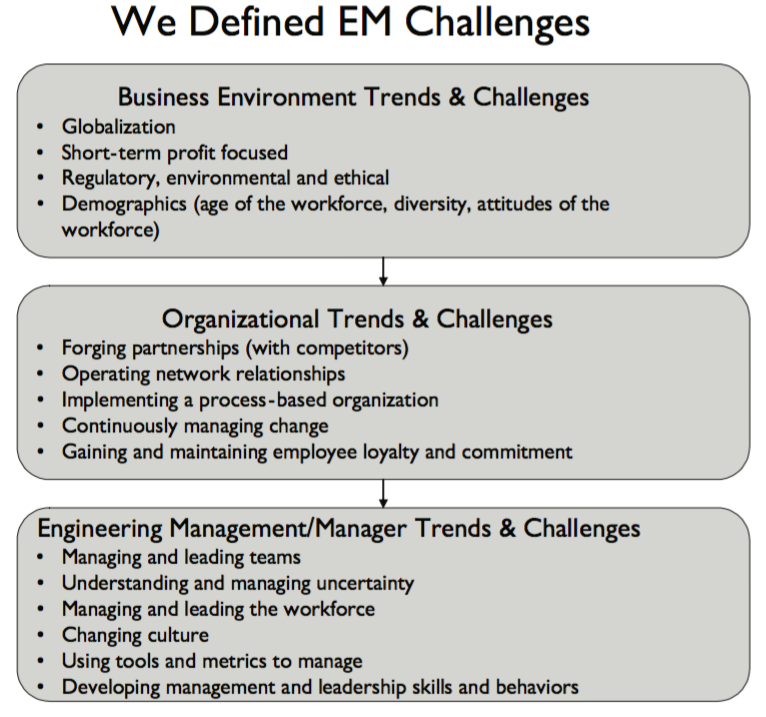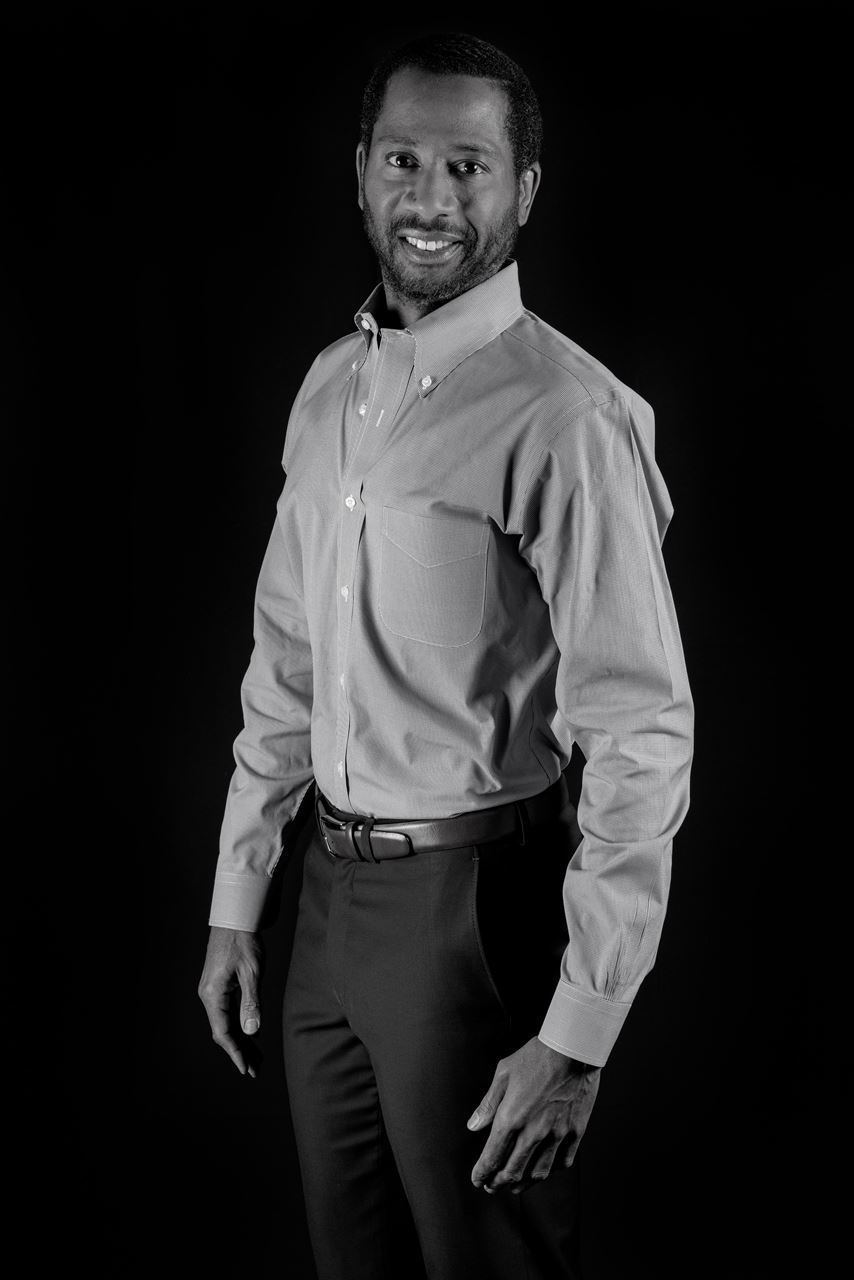Getting Real about Anti-Black Racism in Technological Contexts
by Woodrow W. Winchester, III, PhD, CPEM
“Racism does not usually take an obvious form that we can see and prevent; rather it masquerades as the most ordinary of daily actions: as unnoticed and ever-present as the air we breathe.”
—Anne Warfield Rawls and Waverly Duck, Tacit Racism
The disproportionate impact of the COVID-19 pandemic on Blacks coupled with the ongoing Black Lives Matter (BLM) protests sparked, initially, by the killing of George Floyd are forcing a spotlight on structural racism in America. As with all aspects of American society, the discipline and profession of engineering management (EM) are not immune to interrogation. From Black technologists calling for more systemic action in advancing racial equality within the tech industry to recent studies highlighting the challenges speech recognition systems (personal voice assistants) have in understanding Black voices, it is truly time for EM to get real about anti-Black racism.
In getting real, as Rob Girling and Emilia Palaveeva state in their Fast Company article, Beyond the Cult of Human-Centered Design, “we need to be clear-eyed about what we are striving to do and minimize the chances of creating more problems than we are trying to solve”. And, in EM contexts, becoming more “clear-eyed” particularly around issues of race and racism requires greater intentionality to notions of exclusion & oppression that can cloud EM actions and decision making (see Figure 1).

Figure 1: The Big 10 (+1) Ideas that Fuel Oppression
Exclusionary practices, patterns, behaviors, and norms have and are being ingrained within the culture of EM that, while “unintentional”, are leading to both EM practices and outcomes that are doing more harm than good. EM can and must do better.
As a part of the Great Radical Race Read Circle, I am reading Tacit Racism. As detailed in the book, “many people think that if they are not conscious of racism and do not ‘hate,’ they are not doing racist things.” This is problematic. “The problem is that White people see racism as conscious hate, when racism is bigger than that,” states Ola Caracola in the Medium article, A Quick Read for White People Who Don’t Consider Themselves Racist. “Racism is a complex system of social and political levers and pulleys set up generations ago to continue working on the behalf of Whites at other people’s expense, whether Whites know/like it or not.” Thus, the bigger challenge is not racists, per se, but dealing with the racism that we can’t see - tacit racism.

Tacit racism is woven into the fabric of American life, shaping the thoughts and actions of all Americans in racist ways. Consequently, there are EM implications. Leveraging the three groupings offered in Figure 1.3 of the Engineering Management Handbook (2nd Edition) that define the challenges associated with EM as a framing, exemplar racist EM interactions that can occur without intent or even conscious awareness include:
-
Fractured relations with Black colleagues (Business Environment Trends & Challenges)
-
Technological development and/or deployment decisions made with a “White racial framing” as the default or the norm (Organizational Trends & Challenges)
-
Managerial actions influenced by racial stereotypes and standards (Engineering Management/Manager Trends & Challenges)
It is the engineering manager acting on racist biases and assumptions that can foster and drive EM actions and decisions that can both perpetuate and exacerbate anti-Black racist ideologies and outcomes.
As a countermeasure, the onus is on the engineering manager to be racially self-aware. Critical self-examination is core to becoming racially self-aware and should underpin the engagement of any anti-racist effort or initiative. As highlighted by Ibram X. Kendi in a NPR piece about his book How To Be An Antiracist, “critical self-reflection is, in fact, the responsibility of the antiracist…like fighting an addiction, being an antiracist requires persistent self-awareness, constant self-criticism, and regular self-examination."
All is truly not lost in dismantling anti-Black racism within the discipline and profession of EM. Personally, I am very hopeful. Conversations are finally being had that I feel will catalyze the needed actions to bring change. Underscored by current events, the time is both ripe and right for a reformation in EM. As Black lives and futures are at stake, so too is the relevancy and future of engineering management.
About the Author
 Woodrow W. Winchester, III, PhD, CPEM is a Professor of the Practice and the Graduate Program Director, Professional Graduate Engineering Programs in the College of Engineering and Information Technology (COEIT) at the University of Maryland, Baltimore County (UMBC). He is also the Professional Development & Continuing Education Director for ASEM. Selected as a member of the second cohort of the IAspire Leadership Academy,
Woodrow W. Winchester, III, PhD, CPEM is a Professor of the Practice and the Graduate Program Director, Professional Graduate Engineering Programs in the College of Engineering and Information Technology (COEIT) at the University of Maryland, Baltimore County (UMBC). He is also the Professional Development & Continuing Education Director for ASEM. Selected as a member of the second cohort of the IAspire Leadership Academy,  Dr. Woodrow W. Winchester, III is an advocate for more equitable, inclusive, and consequential approaches to technological design and deployment. He is currently under contract with CRC Press to write Inclusion by Design: Future Thinking Approaches to New Product Development.
Dr. Woodrow W. Winchester, III is an advocate for more equitable, inclusive, and consequential approaches to technological design and deployment. He is currently under contract with CRC Press to write Inclusion by Design: Future Thinking Approaches to New Product Development.
